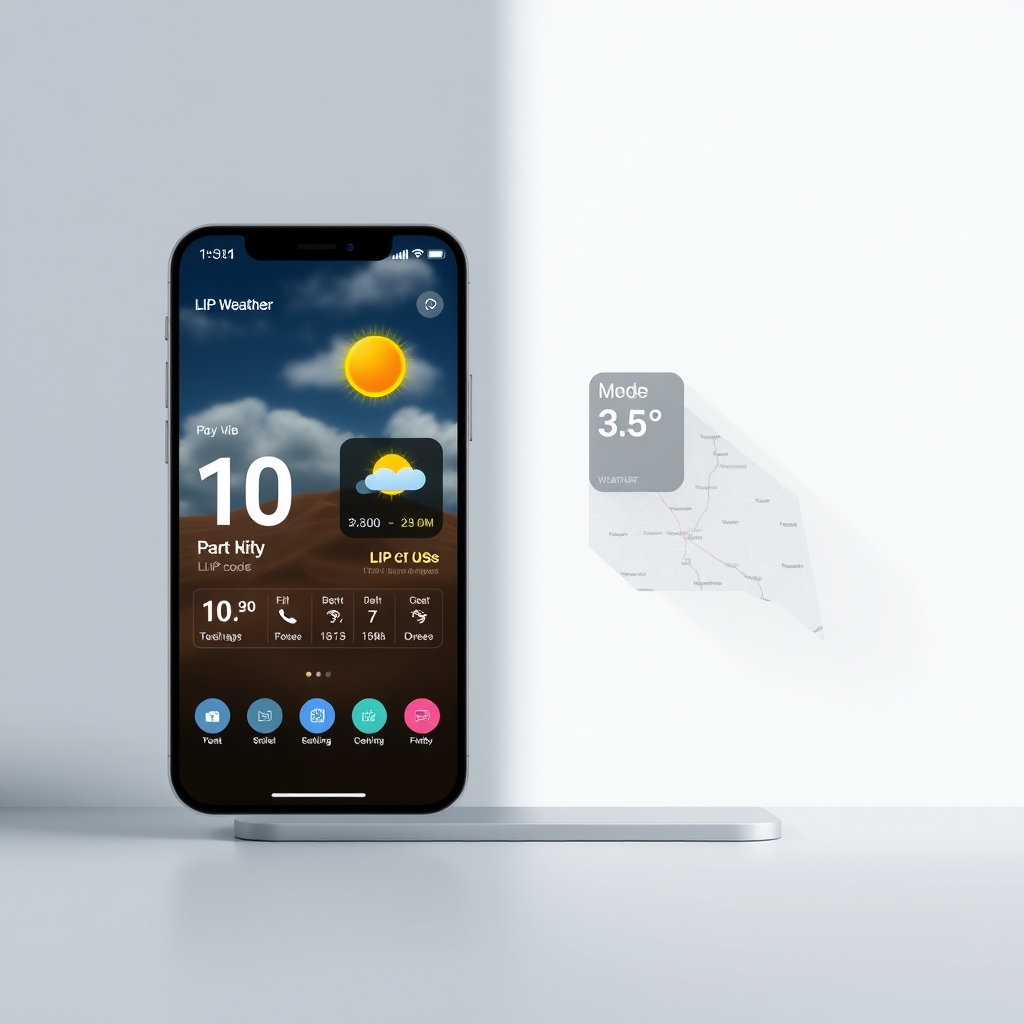Weather API vs Accurate Weather Forecasts by ZIP Code API: Which API is Better for Accurate Weather Reporting?

In the world of weather reporting, APIs play a crucial role in providing accurate and timely information. Two prominent contenders in this space are the Current Weather and Forecasted Weather API and the Weather by Zip API. This blog post will delve into a detailed comparison of these two APIs, focusing on their features, capabilities, and suitability for accurate weather reporting based on ZIP codes.
Overview of Both APIs
The Current Weather and Forecasted Weather API provides comprehensive weather data, including current conditions and forecasts for up to 16 days. It allows users to retrieve weather information based on city names, ZIP codes, or geographic coordinates. This API is particularly useful for applications that require detailed weather insights, such as travel planning, event management, and outdoor activities.
On the other hand, the Weather by Zip API focuses specifically on delivering current weather data based on U.S. ZIP codes. This API is ideal for applications that need to provide localized weather information quickly and efficiently, making it a great choice for forecast portals and services that cater to specific geographic areas.
Side-by-Side Feature Comparison
| Feature | Current Weather and Forecasted Weather API | Weather by Zip API |
|---|---|---|
| Current Weather | Yes, provides real-time weather data including temperature, humidity, wind speed, and conditions. | Yes, retrieves current weather based on ZIP code. |
| Forecast Data | Yes, offers forecasts for up to 16 days. | No, only provides current weather data. |
| Input Parameters | City name, ZIP code, latitude, and longitude. | ZIP code only. |
| Response Format | JSON and XML formats available. | JSON format only. |
| Use Cases | Travel apps, event planning, outdoor activities. | Forecast portals, localized weather services. |
Example Use Cases for Each API
The Current Weather and Forecasted Weather API is well-suited for applications that require detailed weather forecasts, such as:
- Travel Planning: Users can check the weather for their travel destinations, helping them pack appropriately.
- Event Management: Event planners can monitor weather conditions to ensure safe and enjoyable outdoor events.
- Agricultural Applications: Farmers can use the forecast data to make informed decisions about planting and harvesting.
Conversely, the Weather by Zip API is ideal for:
- Localized Weather Services: Websites and apps that provide weather updates based on user ZIP codes.
- Forecast Portals: Services that need to deliver quick and accurate weather information to users based on their location.
Performance and Scalability Analysis
When it comes to performance, the Current Weather and Forecasted Weather API excels with its ability to provide detailed forecasts and current conditions. Its flexibility in accepting various input parameters allows for precise targeting of weather data, making it suitable for applications that require high accuracy and detail.
In contrast, the Weather by Zip API is optimized for speed and efficiency, focusing solely on ZIP code-based queries. This specialization allows it to deliver quick responses, making it an excellent choice for applications that prioritize rapid access to current weather data without the need for extensive forecasting capabilities.
Pros and Cons of Each API for Accurate Weather Reporting
Current Weather and Forecasted Weather API
Pros:
- Comprehensive weather data including forecasts.
- Flexible input parameters for precise queries.
- Supports multiple response formats (JSON and XML).
Cons:
- More complex to implement due to multiple features.
- May require more resources for processing detailed forecasts.
Weather by Zip API
Pros:
- Simple and straightforward to use.
- Fast responses for current weather data.
- Ideal for localized applications.
Cons:
- No forecasting capabilities.
- Limited to ZIP code queries, which may not cover all user needs.
Final Recommendation
Choosing between the Current Weather and Forecasted Weather API and the Weather by Zip API ultimately depends on the specific requirements of your application. If your project requires detailed weather forecasts and the ability to query by various parameters, the Current Weather and Forecasted Weather API is the better choice. It provides a wealth of information that can enhance user experience and decision-making.
On the other hand, if your application focuses on delivering quick and localized weather updates based solely on ZIP codes, the Weather by Zip API is the ideal solution. Its simplicity and speed make it a valuable tool for applications that prioritize current weather data without the need for extensive forecasting capabilities.
In conclusion, both APIs offer unique strengths and capabilities that cater to different use cases in the realm of weather reporting. By understanding the features and limitations of each, developers can make informed decisions that align with their project goals and user needs.





